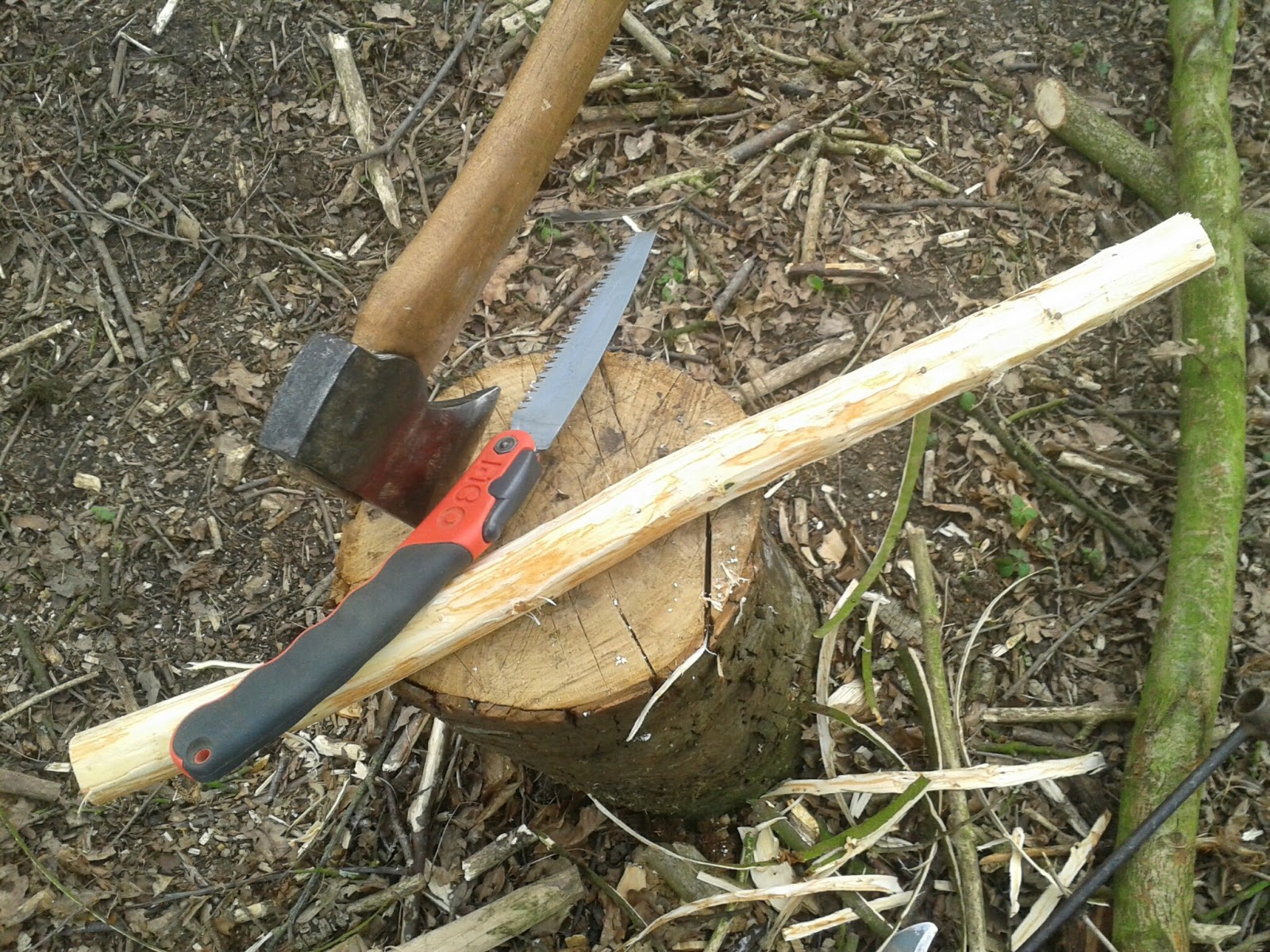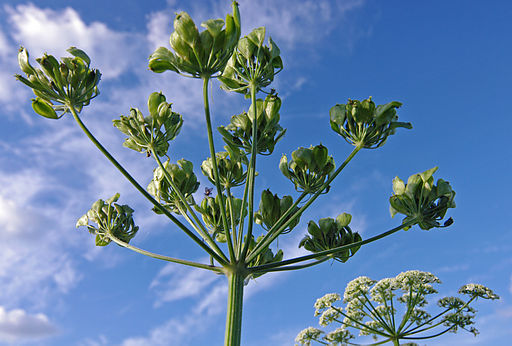There is a bit of a survival vibe to this post as it was originally written as a contribution to an American publication but the method of preserving meat I describe here is an excellent way of preserving any game. I normally preserve the legs from our annual Christmas goose like this to have a bit later in the year.
Wild game rarely comes along conveniently and regularly to provide us with a meal each day but rather in occasional gluts and long absences depending on seasonal migrations and potentially a run of bad hunting luck. That's why the invention of convenient refrigeration was such a breakthrough and possibly why it is considered to be a much more than just a modern convenience but a necessity.
Wild game rarely comes along conveniently and regularly to provide us with a meal each day but rather in occasional gluts and long absences depending on seasonal migrations and potentially a run of bad hunting luck. That's why the invention of convenient refrigeration was such a breakthrough and possibly why it is considered to be a much more than just a modern convenience but a necessity.
 |
| A beautiful example of an old fashioned root cellar, the kind of thing we all would have been storing our fruit and root vegetables in not so many years ago. By Werner koehler (Own work) [CC-BY-SA-3.0], via Wikimedia Commons |
What happens though when you no longer have access to refrigeration? Even if you have prepared for such a situation with a generator and a stock of fuel you won't be able to run it on a permanent basis or use it to power all your appliances for any more than the shortest power outages. In this kind of potentially prolonged survival situation being able to store meat safely is going to be important. Canned meat from you storage may last quite a while but you may want or need to supplement that storage with meat taken from animals which
you can hunt or trap. To preserve meat using fat you can use the following method;
 |
To start with take the meat that you have collected and joint it, this picture shows a
full butchered carcass of a Chinese Water Deer
|
 |
This fat from the same deer carcass can be rendered and used to preserve meat
using this method, alternatively the fat could be taken from other carcasses or from stored fats
such as lard
|
 |
Rendered fat shredded and ready for use, this should be placed in a pan in the oven
to melt, you need enough fat to completely cover the meat
|
 |
Now transfer the meat to a pan full of the rendered fat where it will be cooked in
an oven until the meat is tender, almost to the point where it will fall of the bone
|
You can now store this in a pantry or root cellar, and it will last for several months without refrigeration. This isn't even really a ‘survival’ food, it tastes good and it's relatively quick and easy to prepare.











.JPG)
.JPG)


